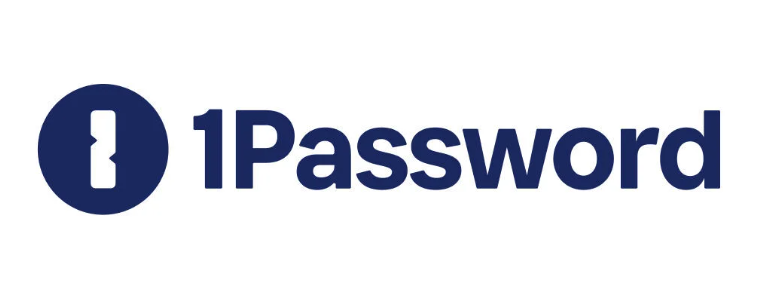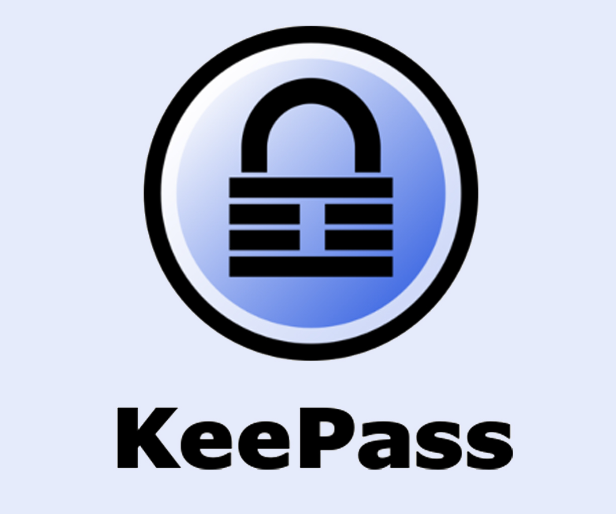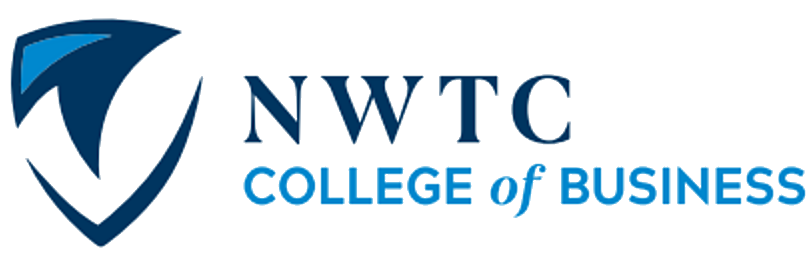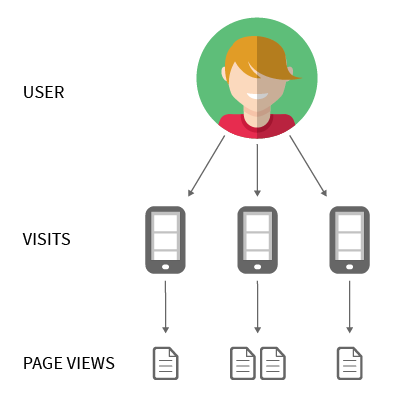Here’s a comparison of two highly-rated password manager tools for local use that can enhance workflow-level security:

1. 1Password (Standalone version)
- Name of Tool: 1Password (Standalone version)
- URL: https://1password.com
- Price of Tool: $35.88/year for individuals, but also offers a standalone version for one-time purchase at $64.99 (for use on a single machine).
Pros:
- User-friendly interface: Easy to use, with a polished UI across all platforms.
- End-to-end encryption: Uses strong encryption (AES-256 bit) to protect stored passwords.
- Cross-platform: Available on Windows, macOS, Linux, iOS, and Android, with browser extensions for seamless use.
- Offline mode: The standalone version allows local storage of vaults, which are encrypted and stored only on your device.
- Multiple vaults: Allows for organizing different vaults for various workflows or groups (e.g., personal vs. work passwords).
- Watchtower: Built-in feature that monitors for weak, reused, or compromised passwords.
Cons:
- Cost: The standalone version requires a one-time purchase, and it is more expensive compared to other free alternatives.
- No cloud syncing (in standalone): The standalone version doesn’t include cloud-based syncing, meaning vaults stay local unless manually synced.
- Limited customization: Fewer plugin options compared to open-source tools like KeePass.
Ease of Use:
- Easy: One of the most user-friendly password managers, with an intuitive setup and management process.

2. KeePassXC
- Name of Tool: KeePassXC
- URL: https://keepassxc.org
- Price of Tool: Free (open-source)
Pros:
- Free and open-source: Fully free and open-source, ensuring transparency and no ongoing subscription fees.
- Offline storage: Passwords are stored locally in an encrypted database, enhancing security by avoiding cloud storage.
- Cross-platform: Available on Windows, macOS, and Linux, with a portable version for USB drives.
- Customizable: Supports numerous plugins and extensions to add functionality (e.g., browser integration, cloud syncing through third-party tools).
- High security: Uses AES-256 bit encryption, with advanced security features like key derivation functions (Argon2, PBKDF2) to make password cracking more difficult.
- Two-factor authentication (2FA) support: Supports time-based one-time password (TOTP) generation for additional security.
Cons:
- Manual sync required: Lacks built-in syncing between devices. You need to use third-party tools like Dropbox, Google Drive, or a network drive for syncing.
- Steeper learning curve: Some advanced features and plugin configurations can be difficult for non-technical users to set up.
- Dated UI: While it’s improved with KeePassXC, the interface can still feel outdated compared to polished commercial alternatives.
Ease of Use:
- Moderate: While easy for basic password management, more advanced features like sync and plugins require technical know-how.
Summary Comparison:
| Feature | 1Password (Standalone) | KeePassXC |
|---|---|---|
| Price | $64.99 (one-time) | Free |
| Open-source | No | Yes |
| Self-hosted | Yes (for standalone version) | Yes |
| Ease of Use | Easy (very user-friendly) | Moderate (easy for basic use, harder for plugins) |
| Cloud Sync | No (manual sync required) | No native sync (manual sync with 3rd-party tools) |
| Encryption | End-to-end encryption (AES-256 bit) | AES-256 bit encryption |
| Customization | Limited customization | Highly customizable with plugins |
| Best For | Users who want simplicity and ease of use locally | Users who want a free, highly customizable tool with local storage |
| Platforms | Windows, macOS, Linux, iOS, Android | Windows, macOS, Linux |
Conclusion:
- 1Password is better suited for users who want a highly polished and user-friendly experience without needing much technical setup. It offers a strong offline mode and can be easily managed by individuals or teams with more modest technical requirements.
- KeePassXC, on the other hand, is ideal for tech-savvy users or those with strict privacy requirements, as it offers more control and customization, while being entirely free and open-source. However, it requires a bit more effort to set up and maintain advanced features.





